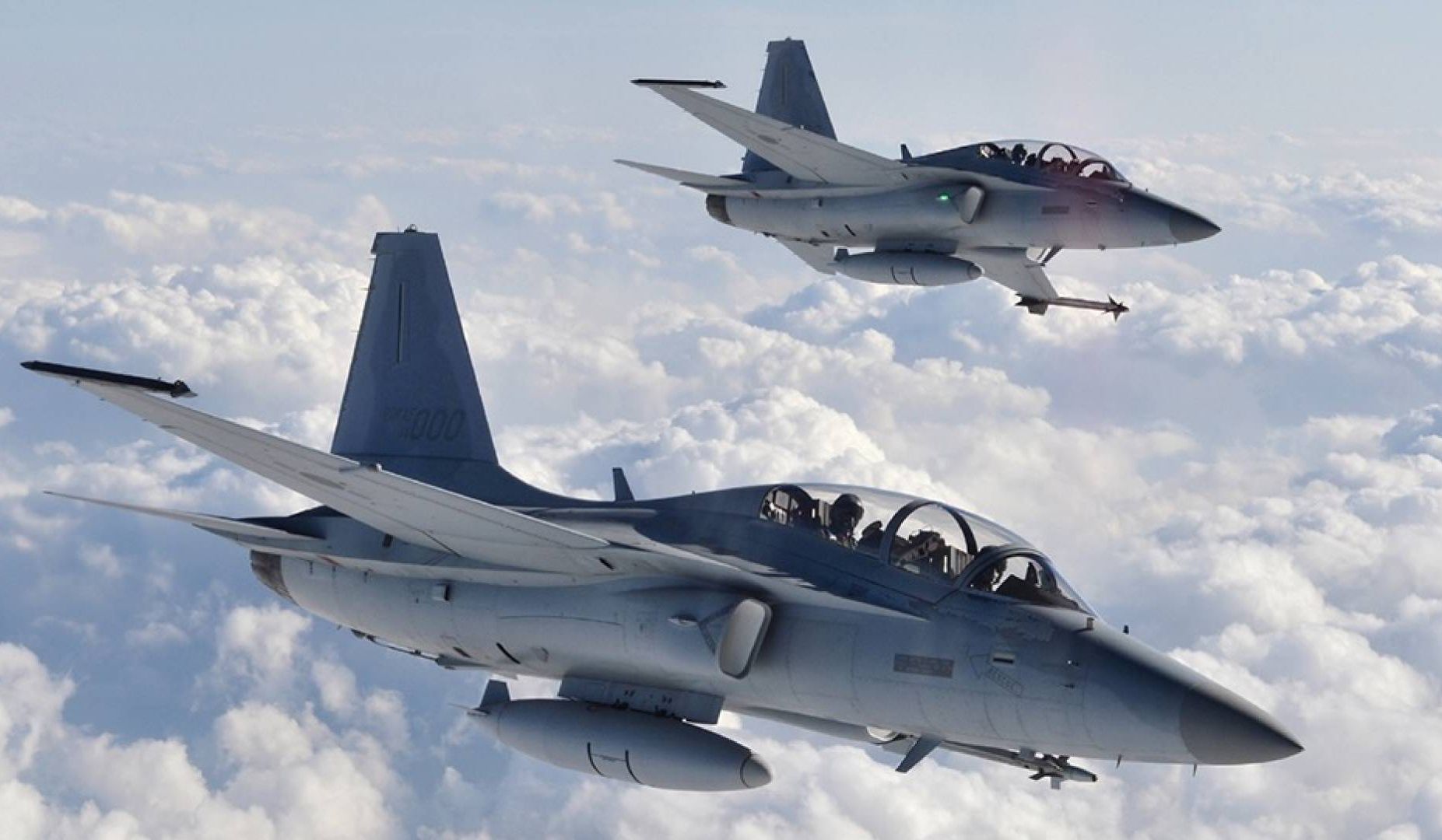South Korean defense industry has announced plans to develop an artificial intelligence (AI) enabled technology that will control manned and unmanned aircraft. It will also produce an automated aircraft control system that will unburden the pilot from flying the aircraft.
Other announcements include an unmanned combat aerial vehicle (UCAV), a manned-unmanned teaming system for its helicopters and autonomous aircraft control, and “sensor fusion technology based on the 4th Industrial Revolution technology.”
The announcements come as North Korea has been on an up-arming spree, introducing newer and longer ballistic missiles, cruise missiles, and a series of domestically-developed combat and surveillance drones.
The FA-50 aircraft defeated Indian LCA Tejas and Chinese JF-17 Thunder for the ‘much awaited’ Malaysian fighter jet contract. The announcement was made by Korea Aerospace Industries (KAI) on February 24, 2023. You can read the report here.
AI Pilot, Wingmen Drones
According to reports, KAI and the Korea Research Institute of Defence will work on AI applications for aircraft, including a “voice/video combat situation recognition system” that will reduce pilot workload.
The project is expected to be operational by November 2028, before the proposed development of an unmanned combat air vehicle (UCAV) in the 2030s. The work will “also support other fixed and rotary-wing platforms,” meaning the system would be integrated into other existing South Korean fighters and possibly the US-origin F-15s.

KAI is already developing a manned-unmanned teaming (MUM-T) system between the KUH-1 Surion helicopter and unmanned air vehicles. Studies are also underway for a similar system that would link the FA-50 light-attack aircraft with “high-performance” unmanned aircraft.
“This technology development agreement will further advance Korea’s ability to develop manned and unmanned combat systems,” says a KAI official.
“We will continue to develop core technologies such as AI Pilot, mission autonomy, and sensor fusion technology based on 4th Industrial Revolution technology.”
FA-50 Against North Korea
The focus on FA-50 to possess loyal wingmen reveals the utility before North Korea, which will undoubtedly see a massive land component in any war. Territorial, national annexation, and assimilation goals being the driving political objective of both countries, land forces will see significant force-on-force contact with massive maneuvers – especially if Pyongyang chooses an unrestricted conventional warfare strategy.
The FA-50, despite being an advanced jet trainer (AJT), will be needed for close air support and light/medium land strike missions to bolster ground forces. Approaching North Korean columns or fixed targets like artillery placements, tactical field command and control bases, logistics/supply lines, bunkers, and trenches will need to be struck.
The FA-50 spans 13.14 meters in length and 9.45 meters in width and stands at a height of 4.82 meters. With an empty weight of 6.47 tons, this aircraft can take off with a maximum gross weight of 12.3 tons.
The FA-50 can be equipped with a variety of munitions, including AIM-9 Sidewinder short-range air-to-air missiles, AGM-65 Maverick air-to-ground tactical missiles, GBU-38/B Joint Direct Attack Munitions (JDAM), CBU-105 Sensor Fused Weapon (SFW), Mk-82 Low Drag General Purpose (LDGP) bombs, and Cluster Bomb Units (CBUs).
In addition, the aircraft is also fitted with an internal, three-barrel 20mm Gatling gun, and it features an LAU-3/A 19-tube 2.75-inch rocket launcher, which is used for launching Folding-Fin Aerial Rockets (FFAR).
The KAI FA-50 aircraft has a General Electric F404-GE-102 turbofan engine that generates an impressive 17,700 pounds of thrust with afterburner capability. This engine’s performance is precisely regulated by a dual-channel full authority digital engine control (FADEC) system.
The jet would also be the second Korean-made fighter to have UCAV wingmen, after the KF-21 Boramae. KAI had released a concept illustration showing the KF-21 being flanked by a large UCAV, itself shown carrying three smaller UAVs. Reports said all systems will be linked with “high-speed wide-band data link connections.”
The Boramae also fired a series of Western missiles, including an MBDA Meteor BVR missile in March 2023, followed by the IRIS-T on April 6 and a “mounting demonstration” of the Meteor and the AIM-2000 AAM on May 24 of that year.
- The author can be reached at satamp@gmail.com
- Follow EurAsian Times on Google News




